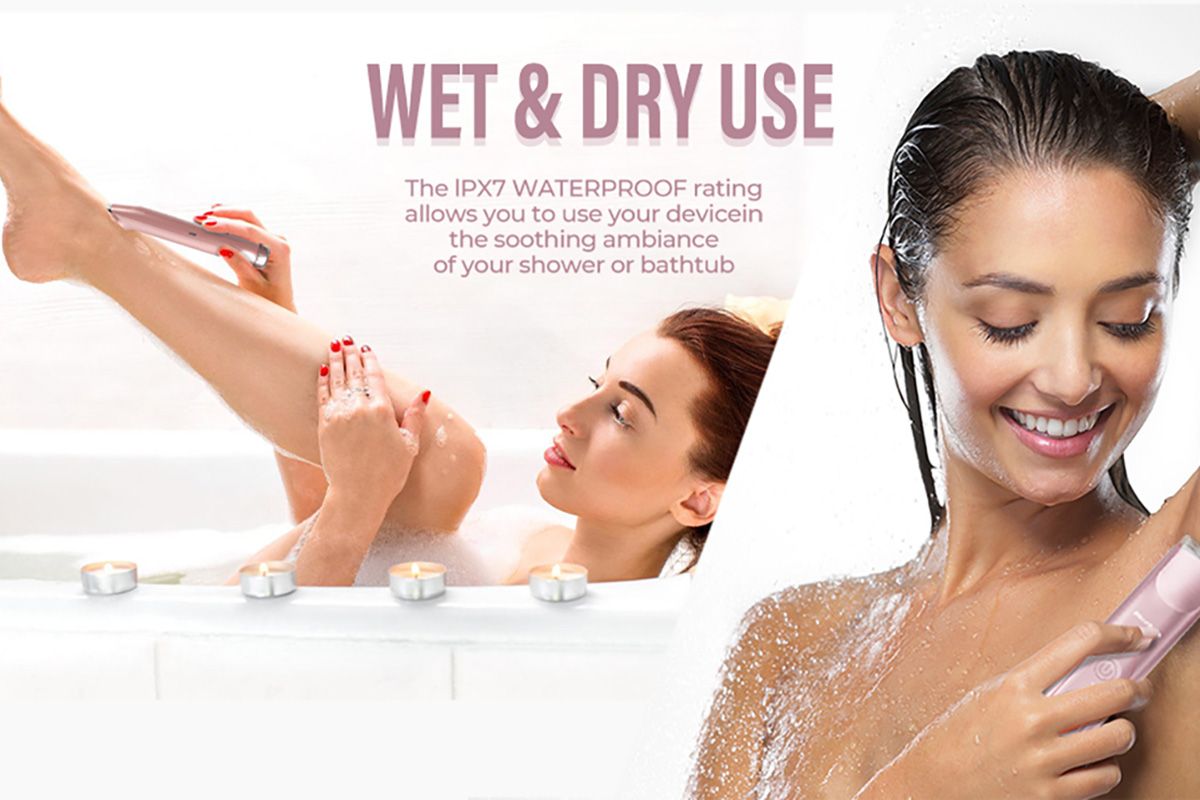Cross-Ventilation
The desert climate favours intelligent arrangement: keep the west’s harsh sun on facades that are important, extend roof overhangs, and apply deep revealed. Cross-ventilation, when used in conjunction with high-performance glazing, lowers the burden of cooling and allows you to benefit from the shoulder season naturally.
Courtyards, Wind Towers & Mashrabiya Screens
Courtyards serve as lungs to the rest of the house with cool, shaded centers which pull air into the plan. Wind towers that are reinterpreted can expel hot air, whereas the mashrabiya (perforated) screens filter sunlight, enhance privacy and provide an element of texture to contemporary facades. These classic devices are stunning and practical.
The most popular architectural styles in Dubai
Modern Minimalist Villas
Clean designs, floating slabs and frameless glass are the hallmarks of Dubai’s minimalistic style. Expect pale stone, porcelain cladding, and metallic accents in dark shades. The palette is simple with the focus on huge living rooms, double height Cantilevered balconies glass-boxed staircases.
Contemporary Arabic Fusion
This is where traditional meets modern technology. Think of thin arches with latticed screens and warm textures, all crafted by modernized details and energy efficient envelopes. It’s a unique style that doesn’t rely on pastiche.
Mediterranean & Tropical Resort Aesthetics
If you’re interested in resort living you’ll notice pergolas, water features, and lush planting around the sparkling pools. Exteriors lean toward stucco and stones; interiors combine timber, travertine, and soft linens to give that ‘on-holiday at-home’ feeling.
Layout Fundamentals Dubai Villas
Grand Entry, double-height spaces & Stair Drama
Dubai likes entrances that have presence. A double-height foyer with a artistic staircase (open risers or glass balustrades metal screens) can make a dramatic impression. Consider adding clerestory glass for sky-light dramatic effect that doesn’t heat the space.
Back-of-House: Dirty Kitchen, Laundry, Driver & Maid Rooms
A second (dirty) kitchen is used to keep the kitchen that is used for cooking and preparation separate from the show kitchen. Access to the outside is direct to employees, space for deliveries, as well as an area for laundry that’s ventilated and acoustically separated. Dedicated driver and maid rooms with ensuite bathrooms are standard and respectful.
Parking, Drop-Off, Access to Services Access
Parking covered with integrated EV charging is quickly becoming a commonplace. Create a secure drop-off area and an invisible service gate to ensure that daily operations are smooth and without disrupting the main façade.
Materials & Finishes That Thrive at the Desert
Exterior: Stone, Stucco, Porcelain, High-Performance Coatings
Choose UV-stable finishes as well as low-maintenance claddings. Porcelain slabs will not stain or heat. Natural stone–travertine (limestone), travertine basalt, and travertine–gives more weight when properly sealed. High-performance elastomeric paints can handle expansion and keep facades crisp.
Interior: Marble, Large-Format Porcelain, Timber Accents
Large-format tiles have fewer joints, and a more clean and cooler appearance. Quartz or crafted marble works great in kitchens. Timber brings warmth. Select engineered pieces with cores that are stable to withstand AC cycles. In areas with water, use epoxy grouts and anti-slip ratings.
Acoustics, Lighting as well as Thermal Comfort
Daylighting Without Heat Gain
Layer glazing with care: low-E double or triple glazing, exterior shading and recessed window frames maintain views, without smothering interiors. Light shelves, skylight wells and reflective surfaces let soft daylight into rooms.
Acoustic Zoning for peaceful interiors
Stone and tile can amplify noise. So add acoustic panels disguised as slatted boards, walls made of fabric or ceiling ‘clouds’. Make use of soft furniture in living areas and majlis spaces; place noisy rooms (gym playsroom, playroom, and home cinema) to the side of bedrooms.
Smart Home and Sustainable Upgrades
solar, insulation, as well as Water Efficiency
A well-insulated building envelope can reduce AC load substantially. It is a great combination with solar PV for flat roofs and solar hot water and greywater reuse for irrigation. Plant a landscape using native or drought-tolerant plant species to cut down on water consumption.
Home Automation, Security & AV
From proximity-based cooling to blind controls and tinting of glass, smart systems in Dubai are focused on the comfort and efficiency. Integrate CCTV and access control when you live in large houses, include intercoms or networked WiFi for an even coverage (indoor and outside).
Outdoor Living Done Right
Pools, Pergolas, and outdoor Kitchens
A swimming pool is not just a rectangle. You can think about baja shelves as well as integrated spas as well as in-pool loungers. Pergolas fitted with louvers for adjustment provide shade that let in the air. Outdoor kitchens should contain the sink, counter for prep and storage space, as well as a built-in grill, and a eating area that is cooled by fans, and misting if needed.
Landscape, Irrigation & Microclimates
Make use of trees to provide shade in the afternoon on buildings and play areas. Combining hardscape (porcelain pavers, smooth concrete) with green pockets to help reduce the heat. Drip irrigation helps reduce evaporation. intelligent controllers adjust to weather conditions.
Space Planning By Lifestyle
Entertainers’ Floor Plans
Prioritize flow: formal living/majlis foyer and dining area – terrace pool. A show kitchen that has an under-the-radar kitchen can make photographs of the event. Consider adding a bar, coffee station, and a powder room close to public areas.
Family-First Homes
Create a family living lounge near the kitchen with direct views of the garden. Bedrooms should be big enough with study nooks. You could consider a basement suite that is suitable for elderly people as well as a kids loft for activities that is on the 1st floor.
Work-From-Home Suites
Sound-isolated study rooms with built-in storage, natural light and private terraces help the productivity. You can also add a small meeting room and concealed green screen wall panels for video calls.
Regulations, Approvals & Communities (High-Level Overview)
Always consider local authority approvals, community design guidelines and plot cover rules before falling in love with a plan. Gated communities might have elevation, facade, and standard boundary walls; coastal and golf communities may also have view corridor rules. A seasoned architect or design-build firm can arrange drawings, submissions and inspections while aligning aesthetics to comply.
Budgeting, Timelines and Teams You’ll Need
-
Team team: Architect, structural engineer, and MEP engineers. designers, landscape architect, QS (quantity surveyor), contractor jointery specialist, pool/AV/security vendors.
-
The cost-drivers: Plot shape, soil conditions, basement vs. slab-on-grade facade, intricateness, imported material, modular joinery, smar systems along with landscaping scale.
-
Timeline Schematic design – authorisations from authorities – detailed design construction – tender snagging and handover. Build in contingency for procurement of special equipment and authorities inspections.
Renovations vs. A New Build to be built in Dubai
Renovations can be more efficient as well as cost-effective, if your structure is sturdy. Common upgrades include open-plan living spaces, modern kitchens and facades that are refreshed with porcelain cladding, more windows (with shading) as well as complete landscape and pool renovations. New constructions permit a better configuration, structural spans for large glass, and ideal back-of-house management from the first day.
Top Design The Mistakes to Avoid
-
Not paying attention to sun angles–leading to hot rooms and the soaring AC bills.
-
The insulation and glazing are not properly specified–comfort suffers in glass and it fogs.
-
The omission of privacy layers–gardens and swimming pools are exposed.
-
Doing a poor job with storage and service areas–beautiful spaces become cluttered.
-
The complexity of smart technology–choose trustworthy systems with local support.
-
Flat landscaping–missed opportunity to create shade pockets, and also to provide visual depth.
-
Acoustic strategies are not in place–hard finishings and tall volumes = echo chamber.
Conclusion
Dubai house designs are successful because it is able to combine climate intelligence with experience and understanding of culture. Start with orientation and privacy with the proper materials and shading, then elevate with thoughtful designs for outdoor living, interiors and intelligent technology. The choice is yours, whether minimalist or modern, or resort-chic, you’ll need the same: a design that flows with a shell that works while also incorporating details that allow you to enjoy your day.
FAQs
1.) What is the ideal size of villa best for an entire family in Dubai?
It’s up to you but 4-5 bedrooms, one or two lounges, a study and kitchen that is dirty typically comprises 350-550m2 of living space, including outdoor living.
2) What materials for exteriors are the most long-lasting in the desert?
Porcelain cladding, natural stone that is sealed aluminum/UPVC systems and high-performance coatings. All are resistant to heat, UV and dust, with little maintenance.
3) Can I get a strong sunshine without causing overheating?
Yes–use low-E windows, deep overhangs or recessed windows, external screens and light-redirecting devices (light shelves or skylight wells). It is recommended to pair them with insulation.
4) Is a garden worth an investment?
Absolutely. It helps with cross-ventilation and creates it as a cool and cosy hearth for your home, and also creates a private outdoor room that is able to function all year round with shade and planting.
5.) Do I require a smart home from the beginning?
Plan the network’s wiring and backbone during design. The features can be phased-in–beginning from AC as well as shading. and add security, AV and lighting scenes if needed.










